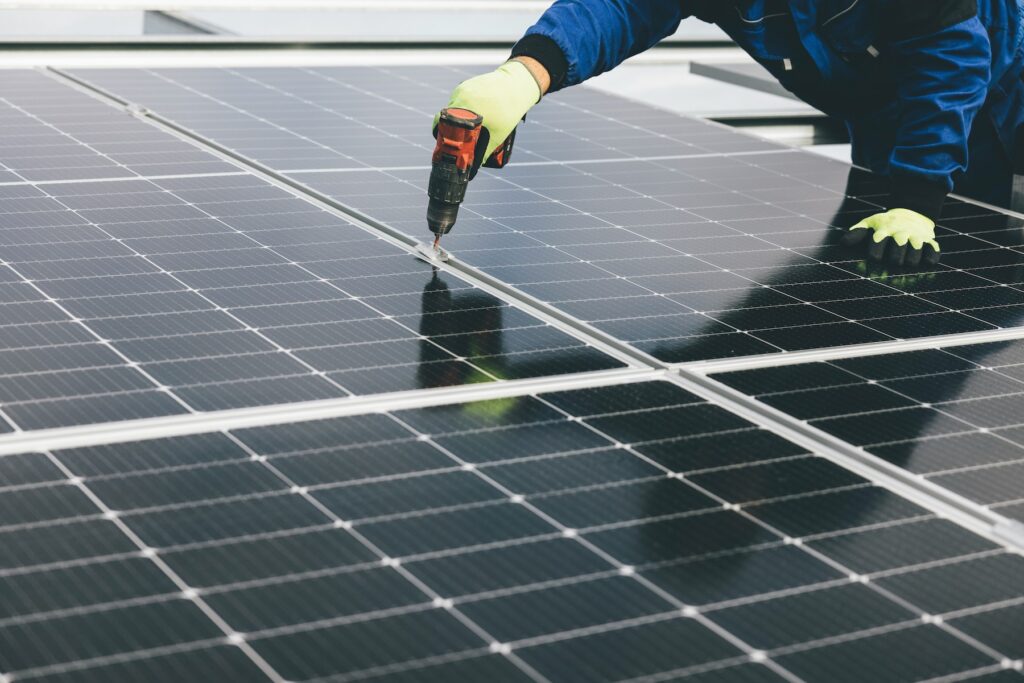Discover how to navigate the path to a net-zero lifestyle in the Philippines’ non-sustainable environment. Gain insights, strategies, and tips for sustainable living and transforming your home into a net-zero living space.
PHOTO: samer daboul on Pexels
Living a sustainable lifestyle in a non-sustainable environment can be challenging, but it is not impossible. The concept of a net-zero lifestyle offers a promising solution, allowing individuals to reduce their carbon footprint and contribute to a more sustainable future. This article will explore the ins and outs of navigating the path to a net-zero lifestyle in the Philippines, an environment that may not always support sustainable practices.
Understanding the Net-Zero Lifestyle in a Non-Sustainable Environment
A net-zero lifestyle refers to a way of living where individuals aim to balance the amount of greenhouse gas emissions produced with the amount of emissions removed from the atmosphere. It involves minimizing energy consumption and adopting sustainable practices in daily life.
Living a net-zero lifestyle in a non-sustainable environment poses unique challenges. Limited access to renewable energy sources, inadequate waste management systems, and a lack of awareness about sustainable practices can make it difficult to achieve net-zero goals. However, it is possible to overcome these challenges with determination and the right approach.
Adopting Sustainable Practices in Daily Life
We can significantly reduce our carbon footprint by making simple changes in our daily routines. Some practical ways to achieve this include conserving energy in our homes, opting for sustainable transportation, practicing mindful consumption, and reducing waste. Small actions, when multiplied across communities, can create a substantial impact.
Successful case studies of net-zero living in non-sustainable environments, like the Caguioa family’s sustainable home in Bulacan, Philippines, can inspire others. The family used to spend an average of PHP 12, 000 per month on utility bills in their 120-square-meter house.
To reduce expenses, they built a sustainable 260-square-meter home in Bulacan featuring solar panels, a vegetable garden, and rainwater harvesting system. With their sustainable home, they now spend an average of PHP 5,000 monthly on utility bills.
The Caguioa family’s commitment to a sustainable lifestyle, driven by a love for nature and the desire to teach their children about conservation, is a showcase of how a net-zero approach can reduce expenses and raise awareness about minimizing environmental impact and utilize renewable resources.
Transforming Your Home into a Net-Zero Living Space
Transforming our homes into net-zero living spaces is a significant step towards a sustainable future. Make your home more energy-efficient by investing in insulation, using energy-saving appliances, and incorporating smart home technology. These changes reduce our environmental impact and result in cost savings in the long run.
Renewable energy sources such as solar and wind power play a vital role in achieving a net-zero lifestyle. Embracing solar, wind, or hydropower as alternative energy sources can help individuals generate electricity without contributing to carbon emissions. Investing in these renewable energy solutions benefits the environment and encourages the growth of the sustainable energy sector in non-sustainable environments.
Influencing Community and Local Policies for Sustainability
Sustainability cannot be achieved in isolation. Engaging our community and advocating for local policies that promote sustainability are essential steps toward creating lasting change. Organize workshops, share success stories, and collaborate on sustainable initiatives. A united community can have a more substantial impact on local sustainability.
Advocacy is a powerful tool for creating systemic change. Strategies for advocating sustainability in local communities include participating in public forums and collaborating with grassroots organizations. Engaging with local policymakers can help catalyze change at a broader scale. It is crucial to emphasize the positive impacts of sustainability on the community’s well-being and economic growth, fostering a sense of collective responsibility.
The Future of Net-Zero Living in Non-Sustainable Environments
The future of net-zero living in non-sustainable environments looks promising with current trends and innovations. Technological advancements such as smart homes and Internet of Things (IoT) devices offer new opportunities for energy optimization and efficiency. Additionally, the growing interest in sustainable architecture and net-zero living has spurred innovation in construction materials and methods that minimize environmental impact.
Predictions for the future of net-zero living in non-sustainable environments include increased accessibility to renewable energy sources, improvements in energy storage technology, and further integration of sustainable practices into everyday life. As awareness and education on sustainability continue to grow, more individuals are expected to embrace a net-zero lifestyle, contributing to a more sustainable future for the Philippines and beyond.
Start the Change in Your Community with You
Join us on this transformative journey towards a net-zero lifestyle in the Philippines, despite the challenges posed by our non-sustainable environment. Together, we can pave the way for a brighter, more sustainable future by adopting sustainable practices, transforming our homes into net-zero living spaces, advocating for change, and embracing innovation.
BillionBricks is building the first net-zero community and homes in the Philippines. Begin your net-zero journey with our affordable, energy-efficient, and income-generating homes. For further information, get in touch with us at https://billionbricks.org/contact-us-ph
Resources:
-
Bas Fransen. What Does it Mean to Live a Net Zero Carbon Lifestyle?. Retrieved from: https://www.ecomatcher.com/what-does-it-mean-to-live-a-net-zero-carbon-lifestyle/
-
Spring Power & Gas. What is Sustainable Living? A Beginner’s Guide. Retrieved from: https://springpowerandgas.us/what-is-sustainable-living-a-beginners-guide/
-
REUrasia. THE CURRENT STATE OF RENEWABLE ENERGY IN THE PHILIPPINES. Retrieved from: https://reurasia.com/the-current-state-of-renewable-energy-in-the-philippines/#:~:text=Renewable%20energy%20can%20help%20reduce,critical%20for%20the%20country’s%20future.
-
Terry F. Yosie. How effective is sustainability advocacy?. Retrieved from: https://www.greenbiz.com/article/how-effective-sustainability-advocacy
-
Alexander Belokrylov. The Environmental Impact Of IoT. Retrieved from: https://www.forbes.com/sites/forbestechcouncil/2022/09/26/the-environmental-impact-of-iot/?sh=46baabc23ae6
-
Cielo Anne Calzado. This Family Spends an Average of P5K a Month on Utility Bills After Building a Sustainable Home. Retrieved from: https://www.realliving.com.ph/home-tours/houses/sustainable-home-in-bulacan-a00010-20220301-lfrm





